Know All Facts About Menstrual Cycle or Periods
All of us know that teenage is one of the most confusing times for a grown woman. On top of all the hormonal turmoil, let’s add 5 days of bleeding every month. Irritating, isn’t it? So, let us break down this phenomenon to its bare basics to understand the changes your body is going through.
What is menstruation?
Menstruation is your body’s way of saying that you are a grown woman, ready to procreate. It is your body’s way of getting geared up for a possible pregnancy each month. When you menstruate, you shed the inner lining of your uterine wall. Menstrual blood flows from the uterus, through the small opening in the cervix and passes out of the body through the vagina. Most menstrual periods last between 3 to 5 days, and it contains blood and tissue from the uterus.
The menstruation cycle
The menstrual cycle is marked from the first day of your period to the first day of the next period. The average menstrual cycle is 28 days long. However, regular cycles that are longer or shorter than this, starting from 21 to 40 days are also normal. Your menstrual cycle is controlled by a wide range of hormones that are produced by the pituitary gland and the hypothalamus, along with the ovaries.
The menstrual cycle can be divided into three broad phases –
Follicular phase (Day 1 – Day 14)
This phase of the menstrual cycle occurs from Day 1 to Day 14. Day 1 is the first day of your bleeding and the end of this phase is when ovulation begins. In this phase, while you bleed, your ovaries simultaneously prepare to ovulate once again. A hormone called the Follicle Stimulating Hormone (FSH) causes the several follicles to develop on the surface of the ovary. Gradually, one of these follicles become dominant to create an egg. In this phase, the lining of the ovarian wall becomes thicker in response to the increased level of oestrogens. The surge of hormones in your body causes the egg to be released.
Ovulation phase (Day 14)
The matured egg releases on day 14 of your menstrual cycle as a result of the increased flow of FSH and Luteinizing Hormone (LH). Once the egg is released, the follicles seal over; this phenomenon is called Corpus Luteum. This phase is detectable with an ovulation test. The egg then enters the fallopian tube, where fertilization takes place in if the egg comes in contact with sperm. The lifespan of the matured egg in the fallopian tube is 24 hours, after which the egg disintegrates, causing bleeding.
Luteal phase (Day 14 – Day 28)
The levels of FSH and LH decrease after the egg is released. The corpus luteum produces the hormone called progesterone. If fertilization occurs, corpus luteum continues to produce progesterone which prevents the endometrium lining from being shed. However, if fertilization doesn’t occur, the corpus luteum disintegrates, causing the flow of progesterone to drop; which signals the endometrial lining to shed.
Understanding your bodily changes is the only way to be able to cope with them. It is good if you are tracking your menstrual cycle to figure out if you are healthy. In case you face any abnormalities during this time, it is highly recommended that you check with our gynecologist.










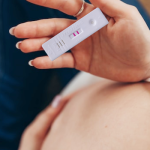









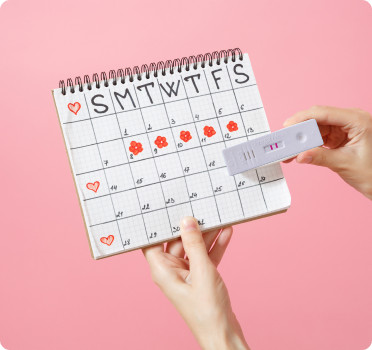

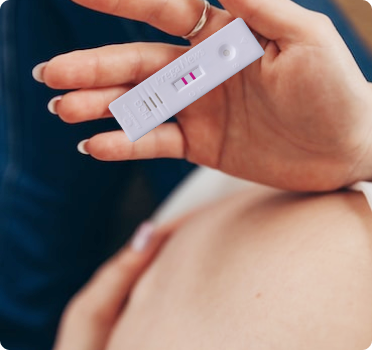

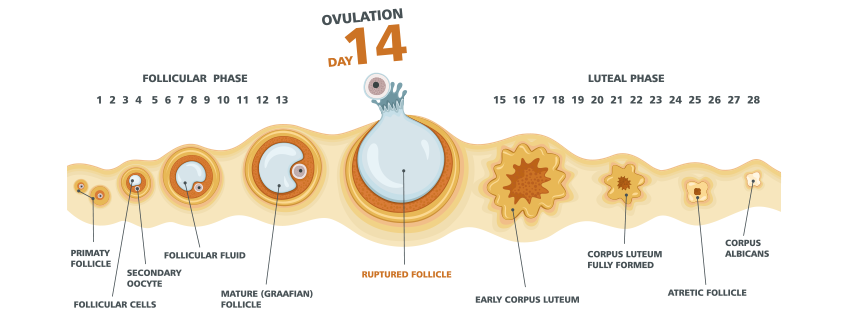






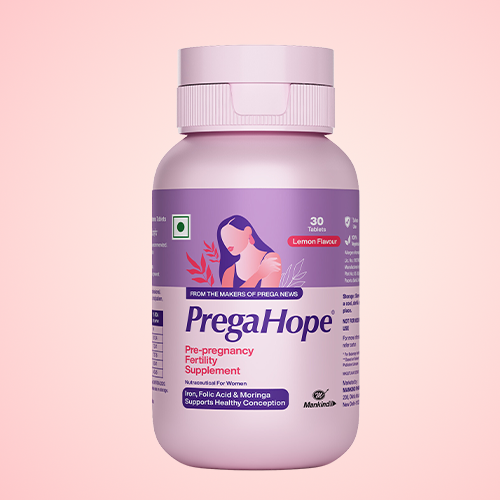









Leave a comment